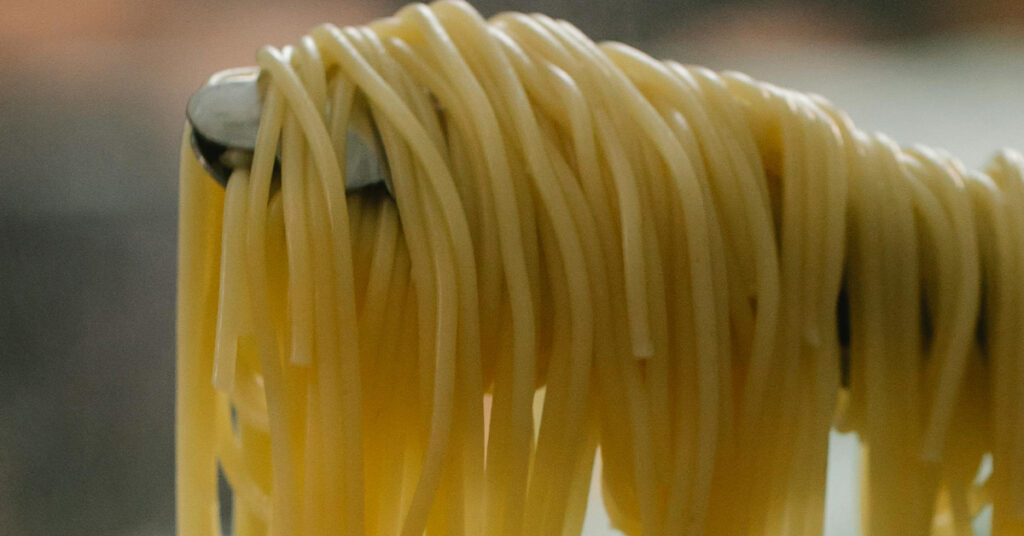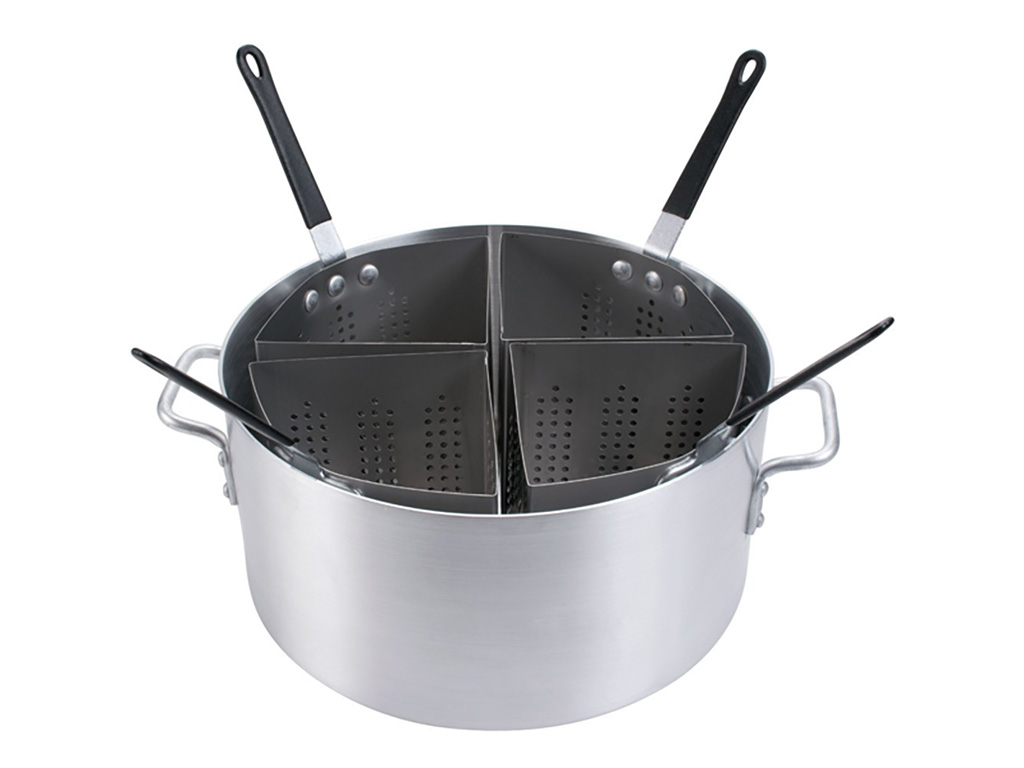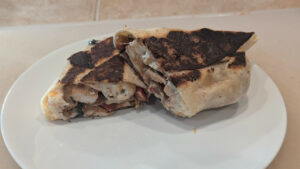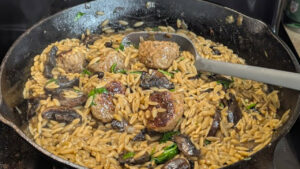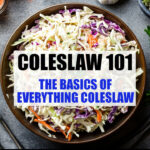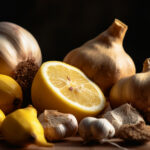Calculating How Much Pasta Per Person
When you are making pasta for a big group, figuring out how much pasta, sauce, bread and parmesan to have ready can be challenging. To make things easier, I’ve scoured the web and catering websites to come up with this calculator to determine just how much of everything you need to feed your group.
Enter the numbers of guests in the form below and find out just how much pasta and sauce you need to have ready!
How Much Dry Pasta Per Person?
Most guides estimate 2 ounces of dry pasta per guest which will yield about 1 cup of cooked pasta. If you have big eaters, you will want to adjust accordingly.
10# Bulk Spaghetti Noodles On Amazon
How Much Spaghetti Sauce Per Person
The amount of sauce suggested to prepare per guest ranges from 2-4 ounces. I went with 4 ounces or half a cup per serving to err on the side of caution. Again, adjust accordingly for how hungry your crowd is.
How Much Garlic Bread Per Person?
For feeding large groups, estimate two slices per person. An average loaf of garlic bread yields 6-10 slices depending on the loaf and how it is cut
Dry Pasta and Sauce Per Guest Chart
Here is a quick chart of how much dry spaghetti and sauce you will need depending on the number of guests you are feeding.
| Guests | Dry Spaghetti (oz) | Sauce (cups) |
|---|---|---|
| 5 | 10 | 2.5 |
| 10 | 20 | 5.0 |
| 15 | 30 | 7.5 |
| 20 | 40 | 10.0 |
| 25 | 50 | 12.5 |
| 30 | 60 | 15.0 |
| 35 | 70 | 17.5 |
| 40 | 80 | 20.0 |
| 45 | 90 | 22.5 |
| 50 | 100 | 25.0 |
| 55 | 110 | 27.5 |
| 60 | 120 | 30.0 |
| 65 | 130 | 32.5 |
| 70 | 140 | 35.0 |
| 75 | 150 | 37.5 |
| 80 | 160 | 40.0 |
| 85 | 170 | 42.5 |
| 90 | 180 | 45.0 |
| 95 | 190 | 47.5 |
| 100 | 200 | 50.0 |
Tips For Cooking Spaghetti For Large Groups
While spaghetti itself is simple, cooking large quantities perfectly requires a few key strategies. Follow these tips to ensure your crowd-sized spaghetti turns out delicious every time:
Get the Right Gear: If possible, invest in a large stockpot with removable strainer. You don’t want to be dumping your cooking water out if you are making a lot of pasta.
Water Works: Use a generous amount of water in your pot. The general guideline is 4-5 quarts of water per 1 pound of spaghetti. Generous water keeps the temperature stable and prevents clumping.
Salt Power: Generously salt the pasta water. It’s your only chance to season the pasta from the inside out. A good guide is 2 tablespoons of coarse sea salt to every 5 quarts of water. Aim for water that tastes like sea water.
Timing is Key: Start checking your pasta a few minutes before the package directions indicate, aiming for “al dente.” This is slightly firm to the bite, as the pasta continues cooking slightly when drained.
Don’t Overcook: Mushy pasta is nobody’s favorite! Prioritize a slight undercook over an overcook.
Rinse Sparingly: Rinsing cooked pasta is generally unnecessary.
Pre-Cook for Perfection: Pre-cook pasta up to a day in advance for large gatherings. Boil until al dente, toss with a small amount of olive oil, and refrigerate. Reheat quickly in boiling water for a perfectly-textured final product, even when serving a crowd.
Remember, practice makes perfect. With a touch of planning, these tips will have you serving crowd-pleasing spaghetti like a pro!
Making Large Batches Of Spaghetti Sauce Tips
Using premade sauce is a smart choice when catering events and serving large groups. Here are some key tips to ensure your sauce is a success:
Choosing the Right Sauce: Opt for high-quality, commercial-grade sauces designed for catering. Look for brands with good flavor, consistency, and a pleasing texture. Avoid sauces that are too watery.
Flavor Enhancement: Even premade sauces can benefit from some customization. Sauté aromatics like onions, garlic, and herbs, then add the premade sauce to give it an extra boost of homemade flavor.
Spice it Up (Optional): Add a pinch of red pepper flakes, a bit of Italian seasoning, or other spices to personalize your sauce if desired.
Heating Considerations: Have a plan for heating large quantities of sauce safely and evenly. Depending on your setup, this might involve chafing dishes, large stock pots on portable burners, or commercial kitchen equipment.
Prevent Sticking: Stir the sauce frequently while heating to prevent scorching or sticking, especially if using chafing dishes.
Taste Test: Always sample a warmed batch of sauce before serving and adjust seasonings if necessary.

